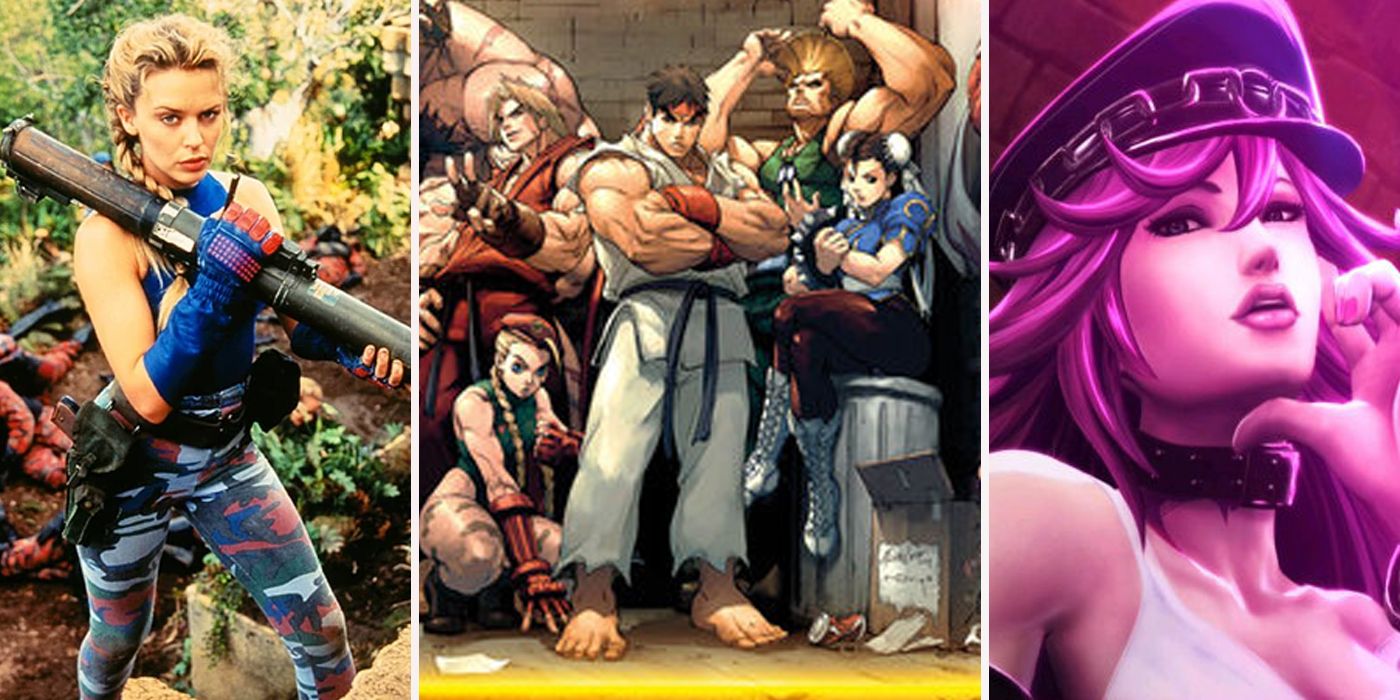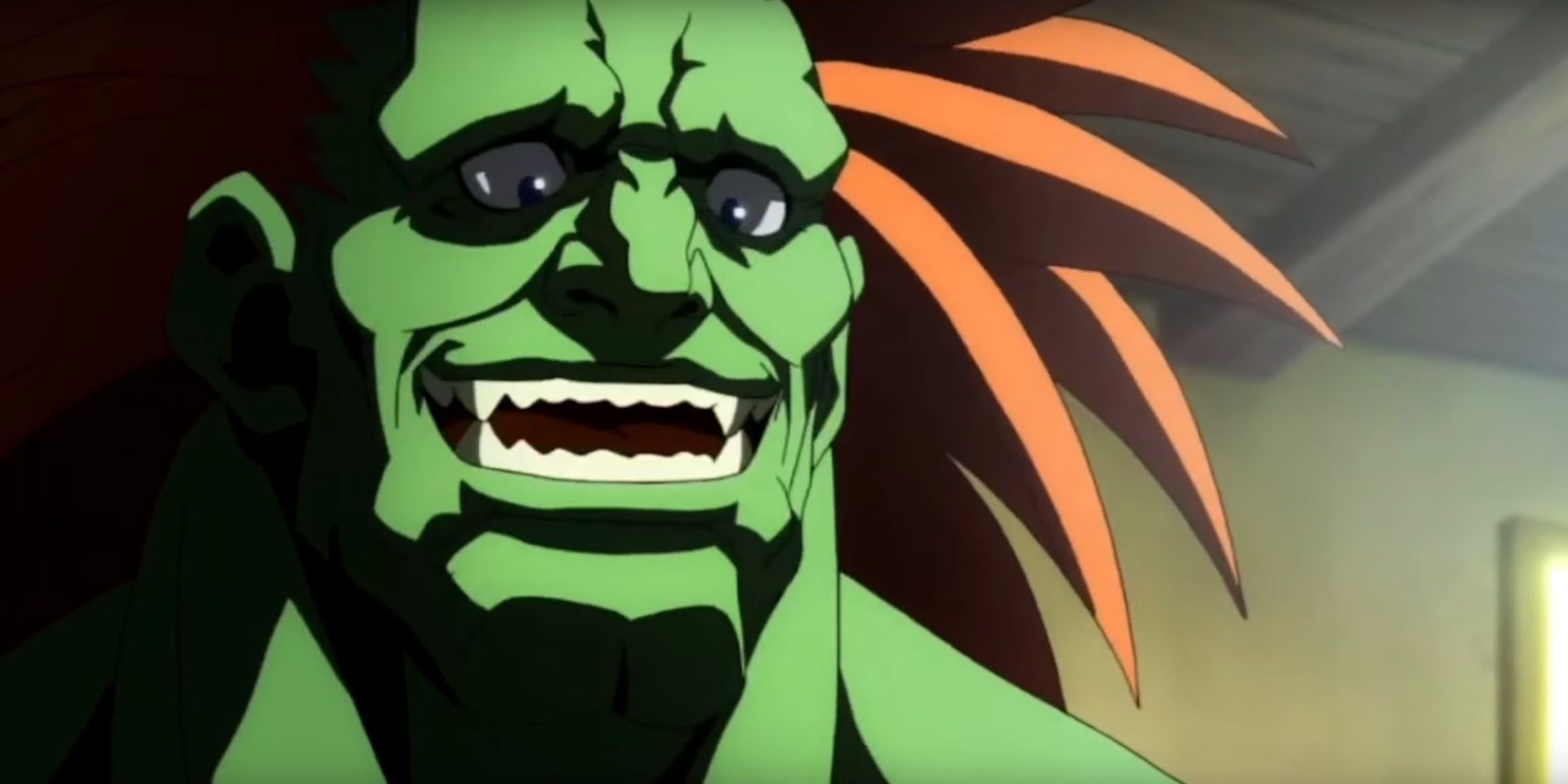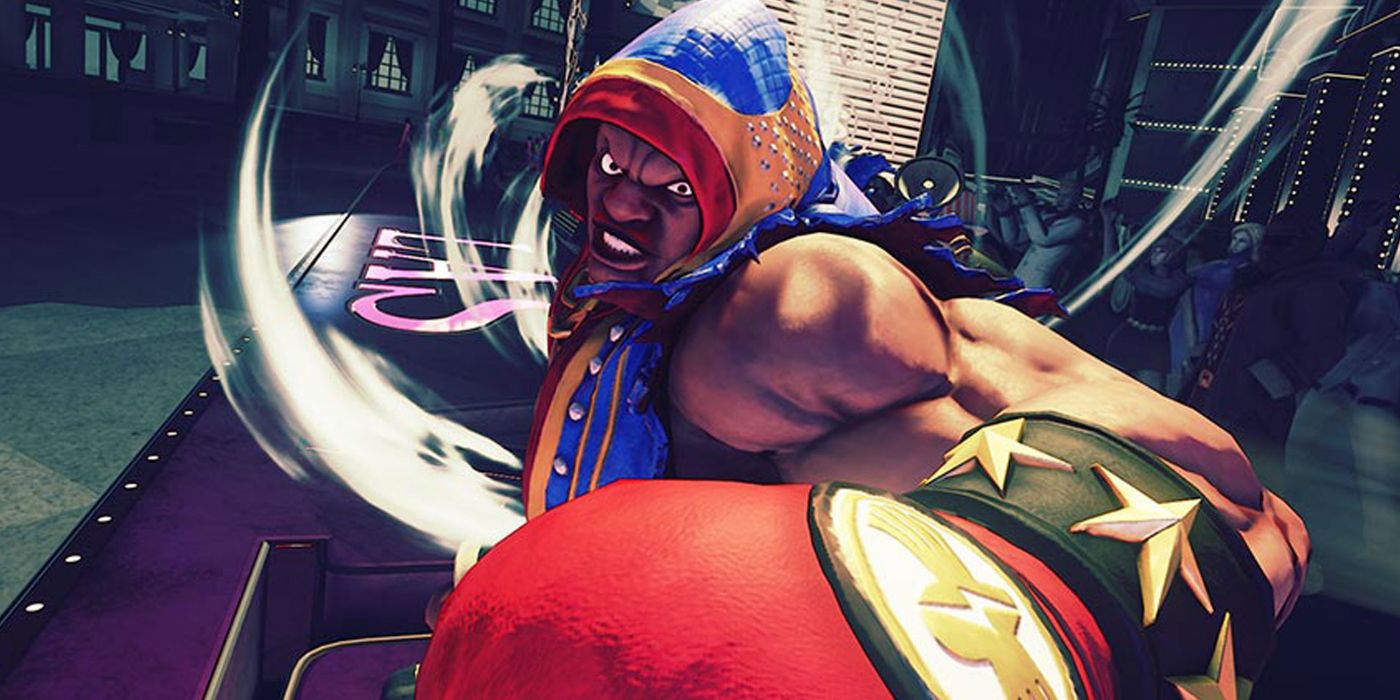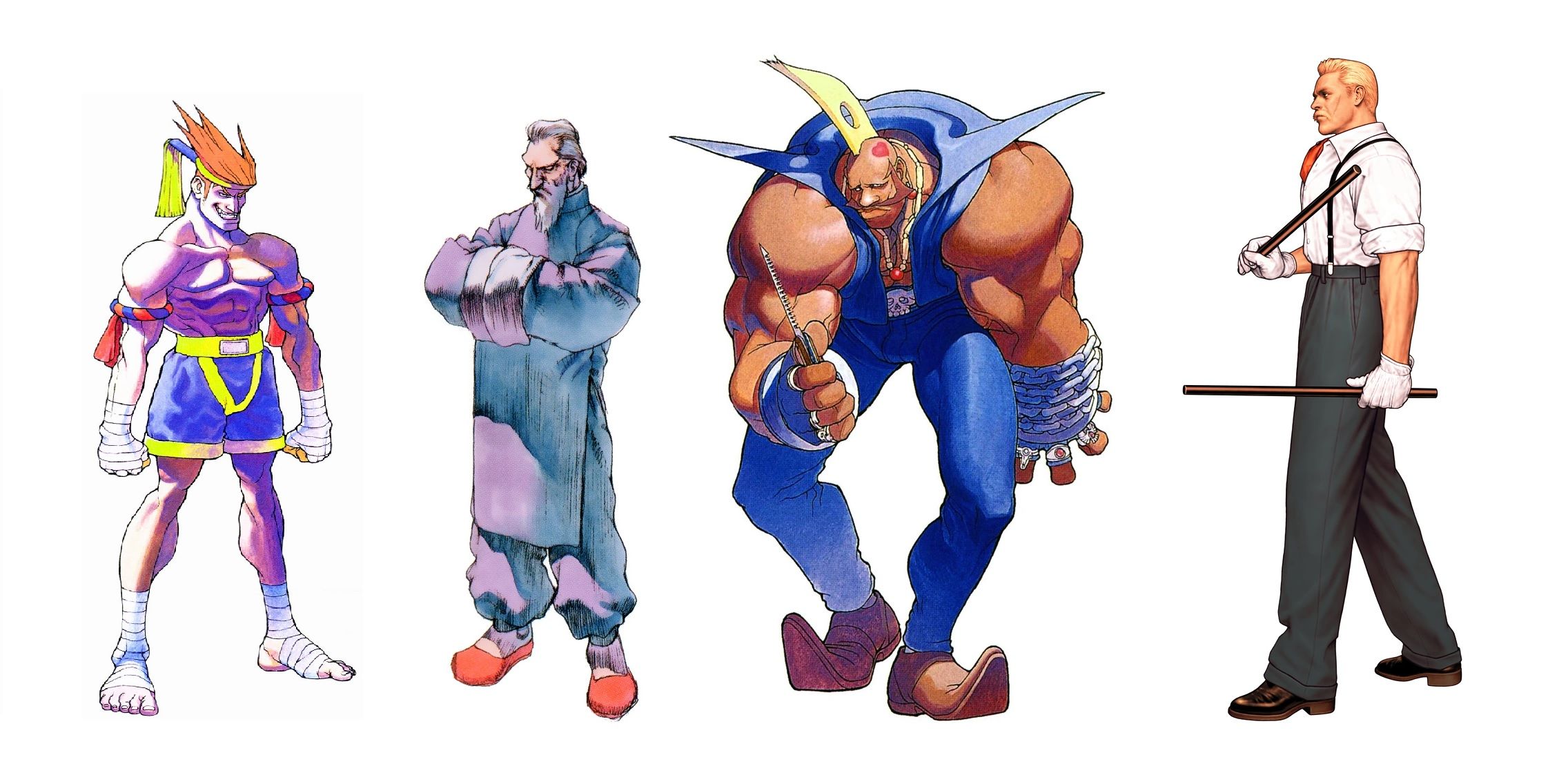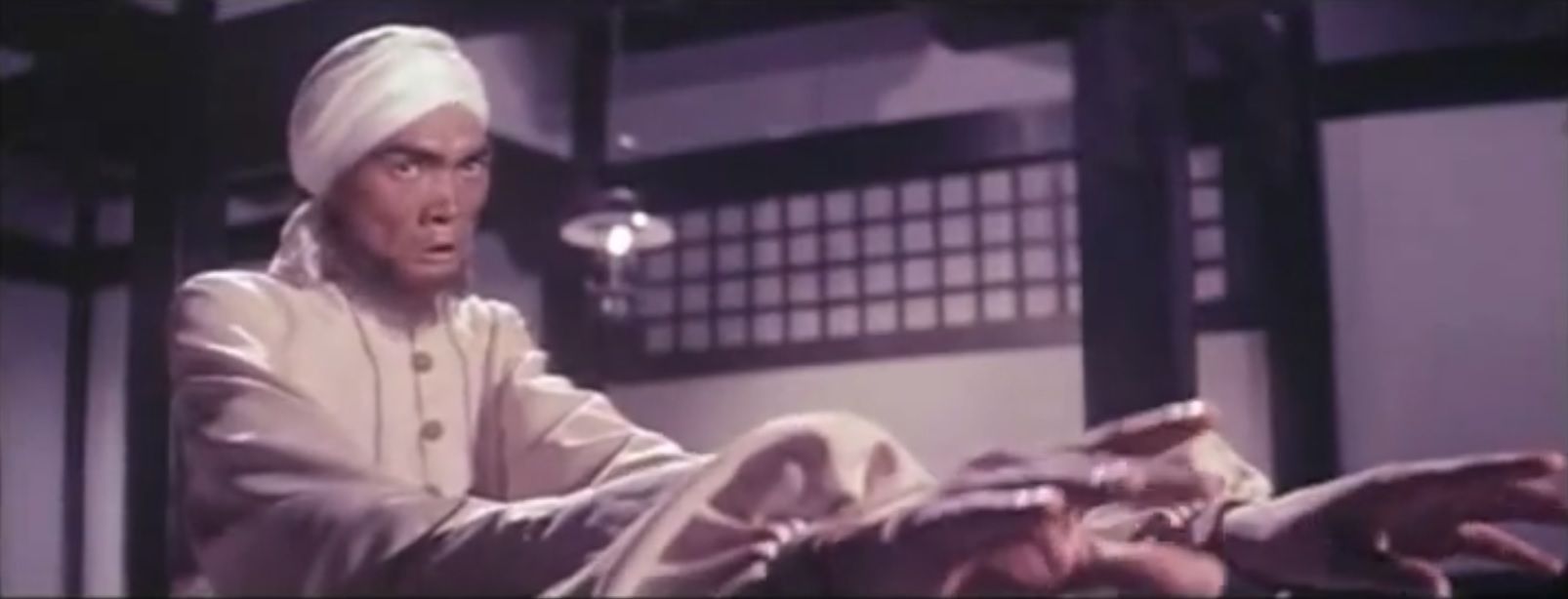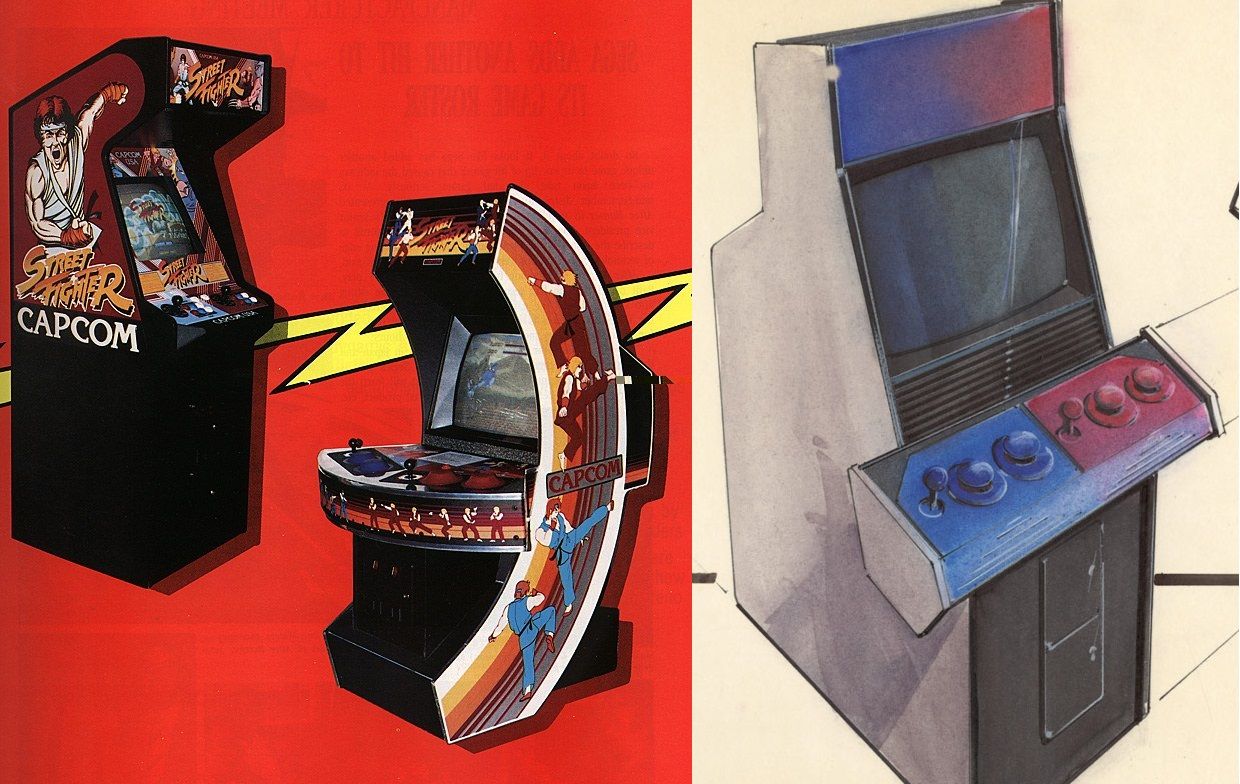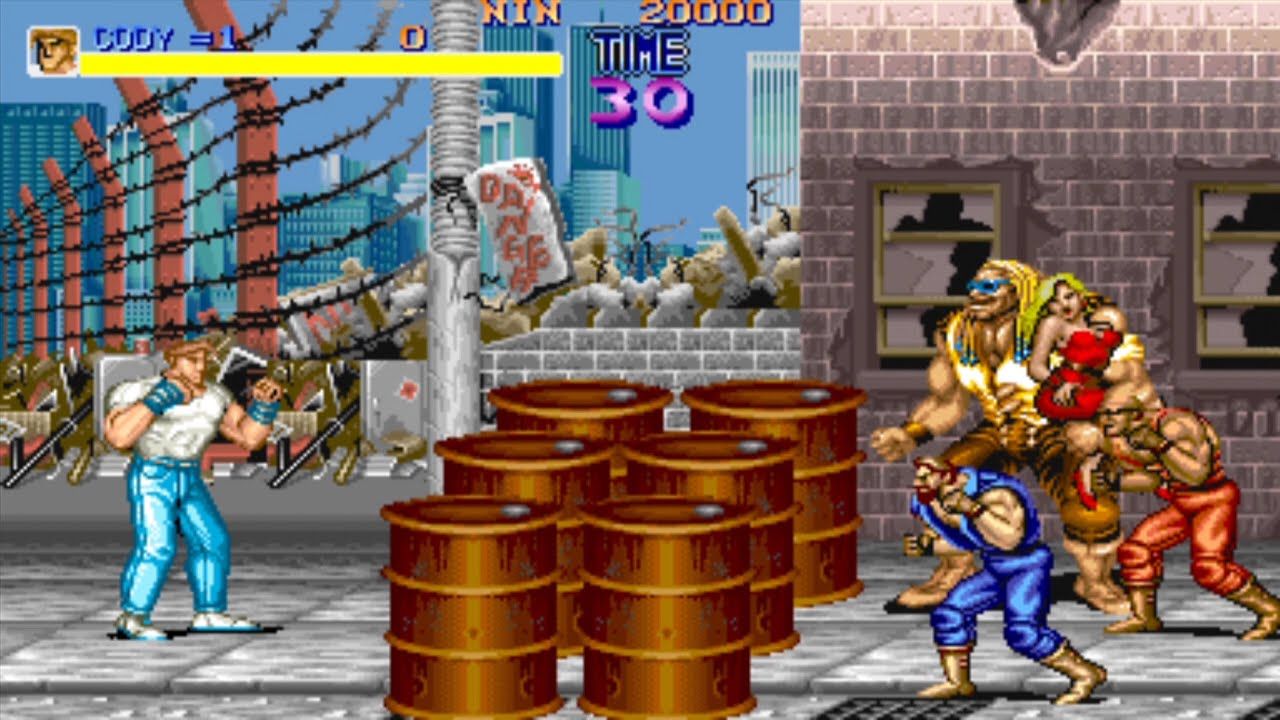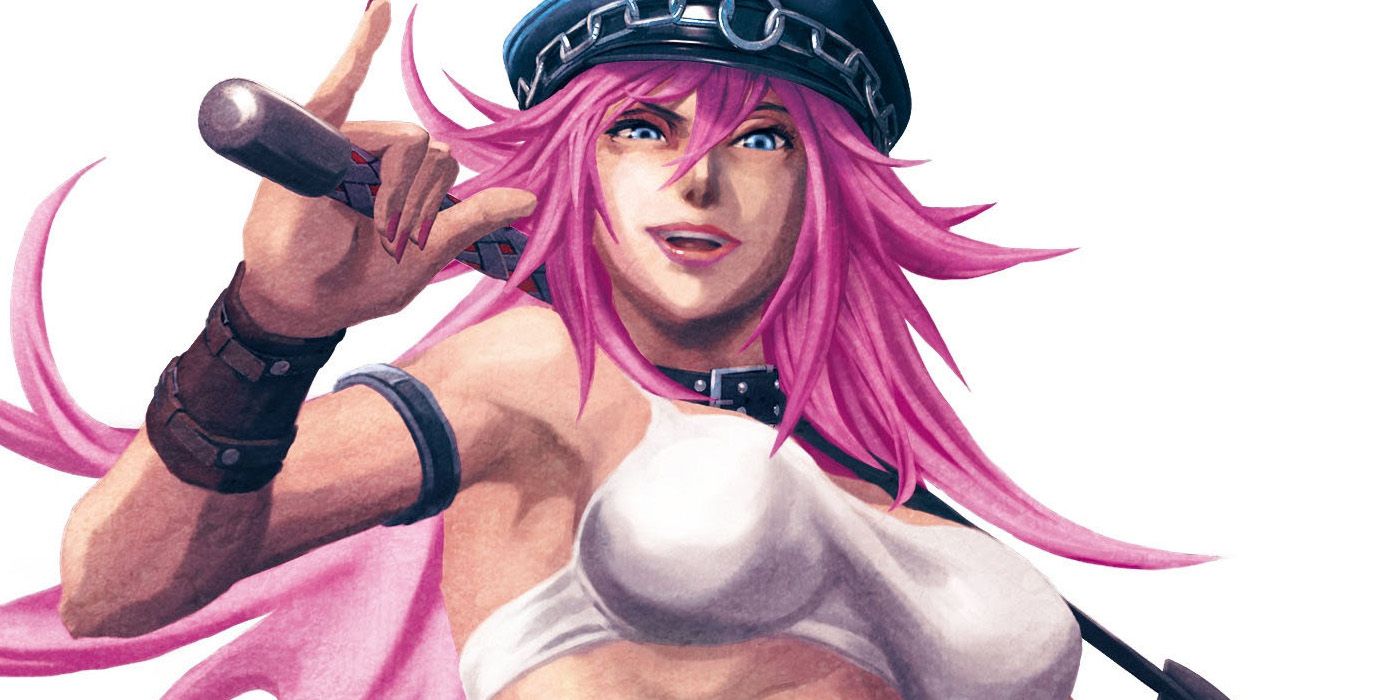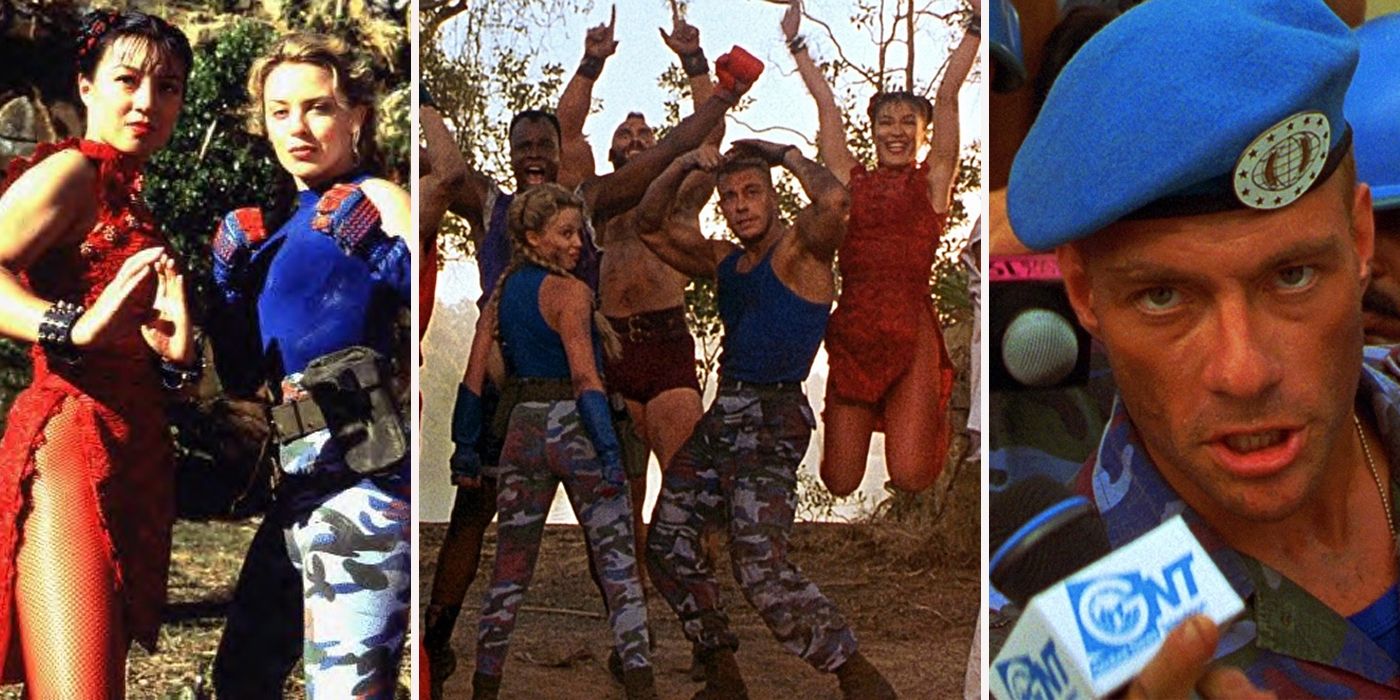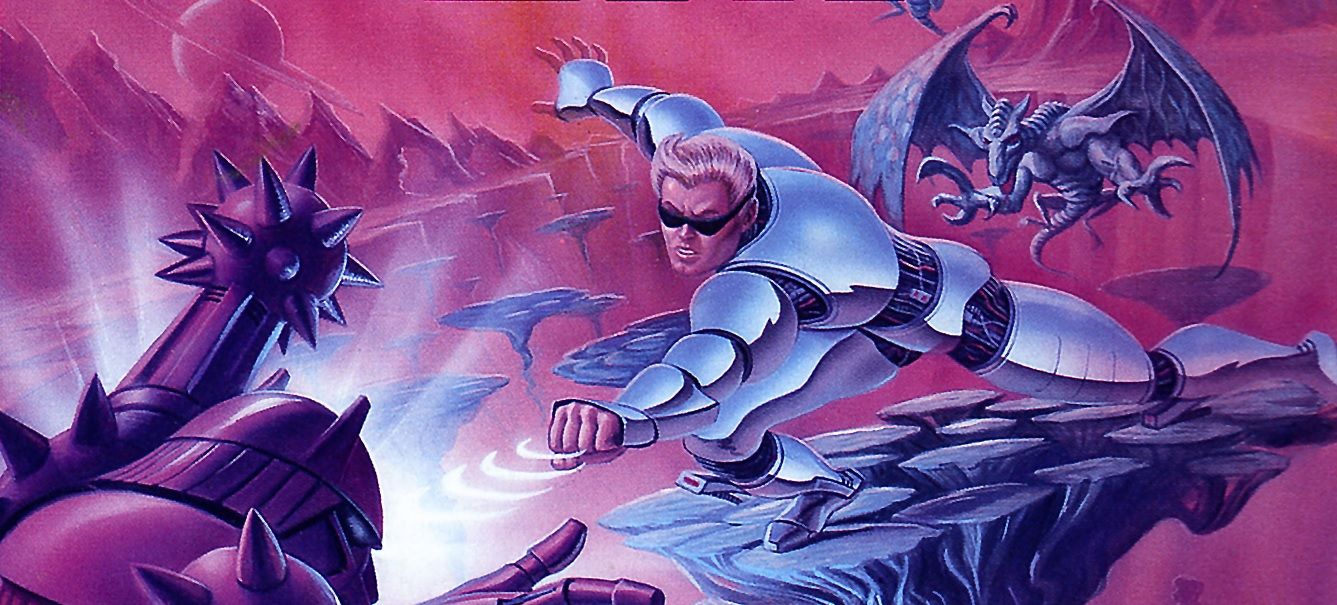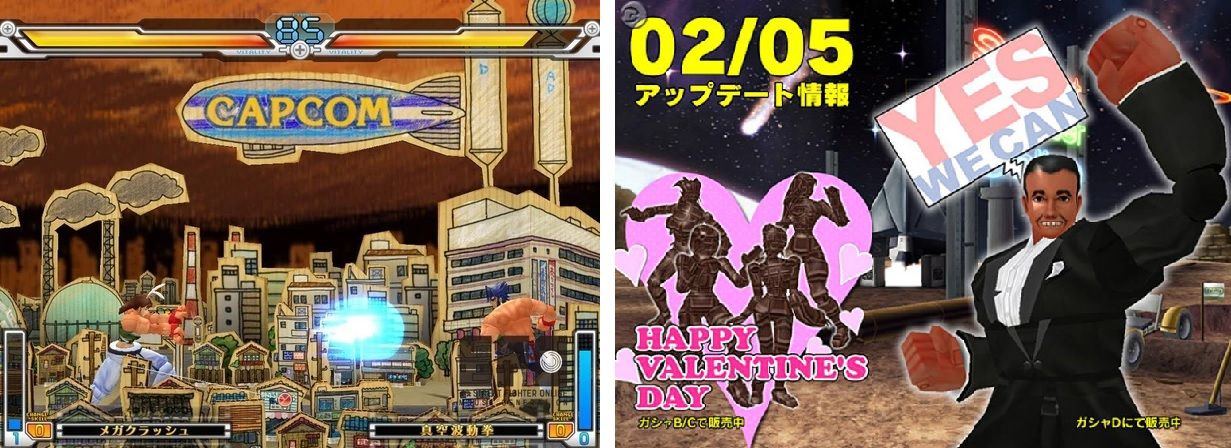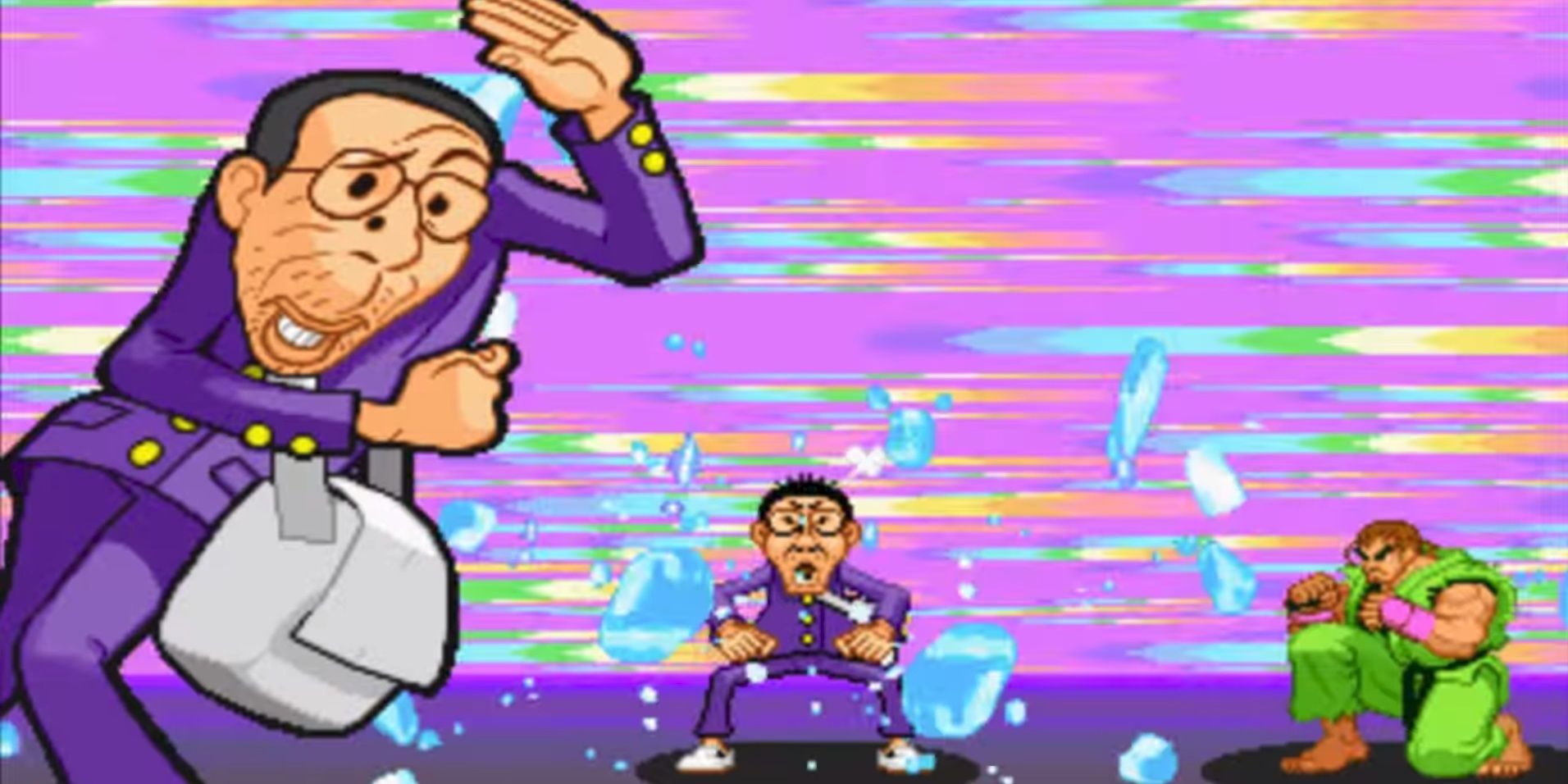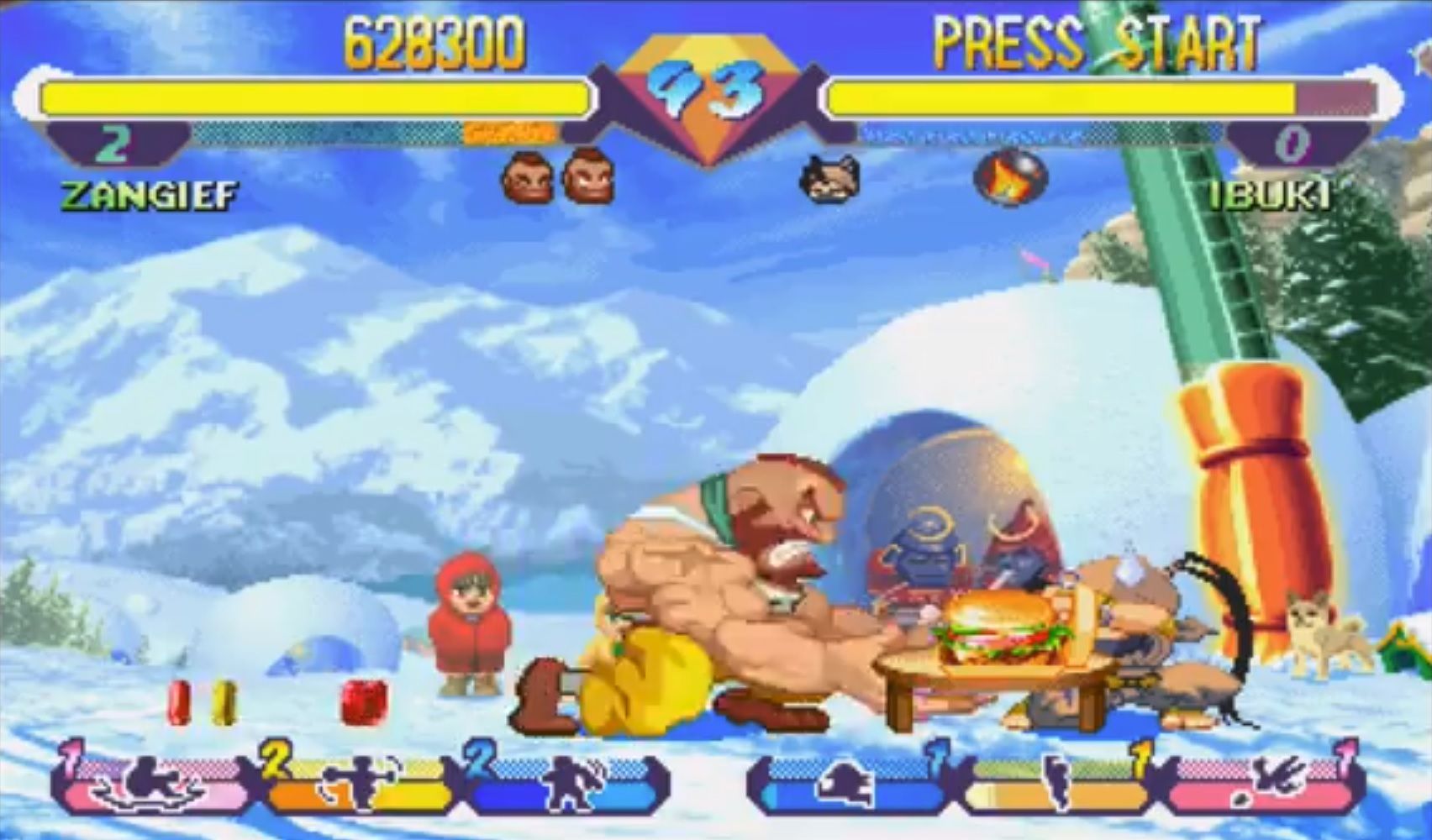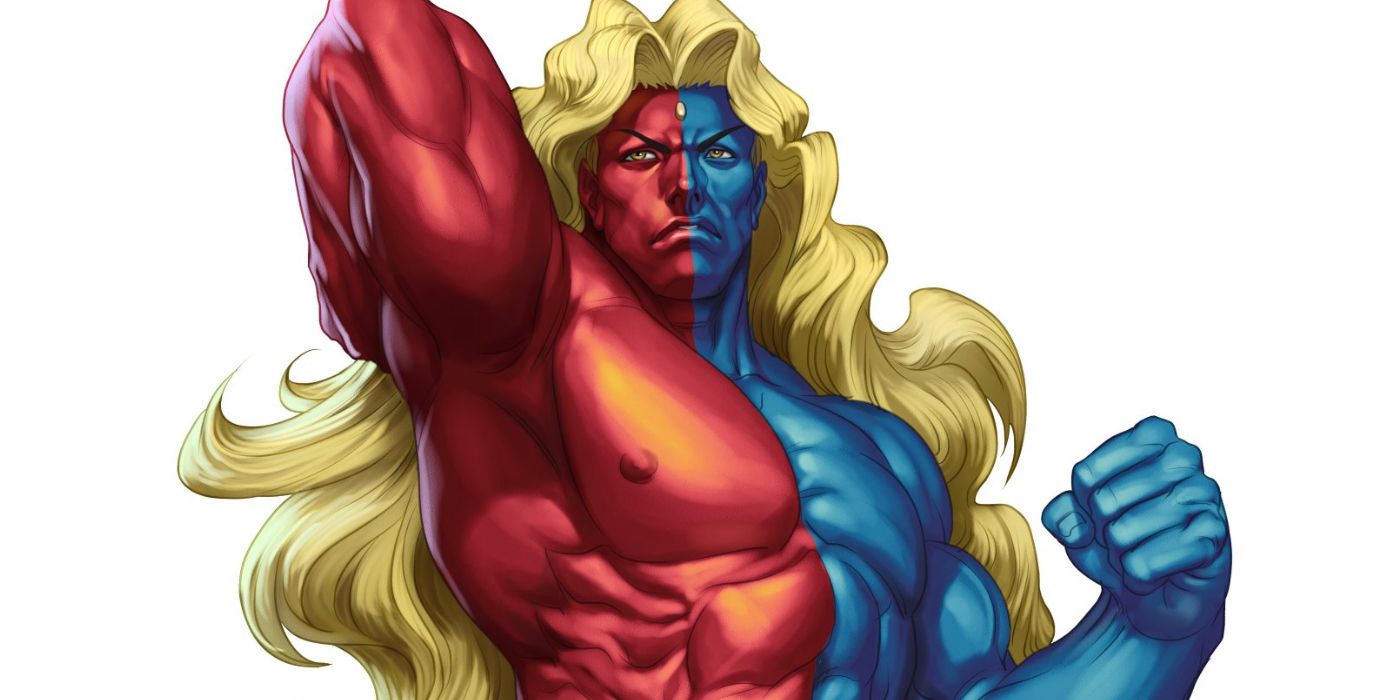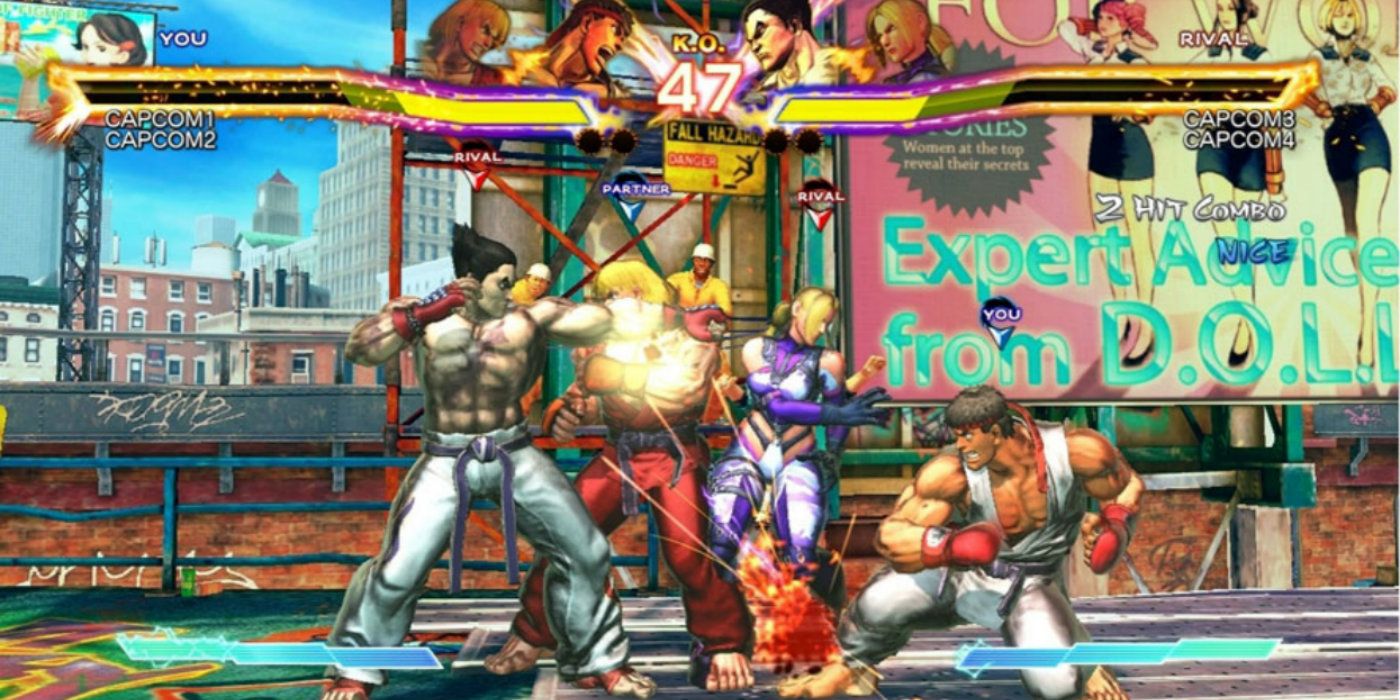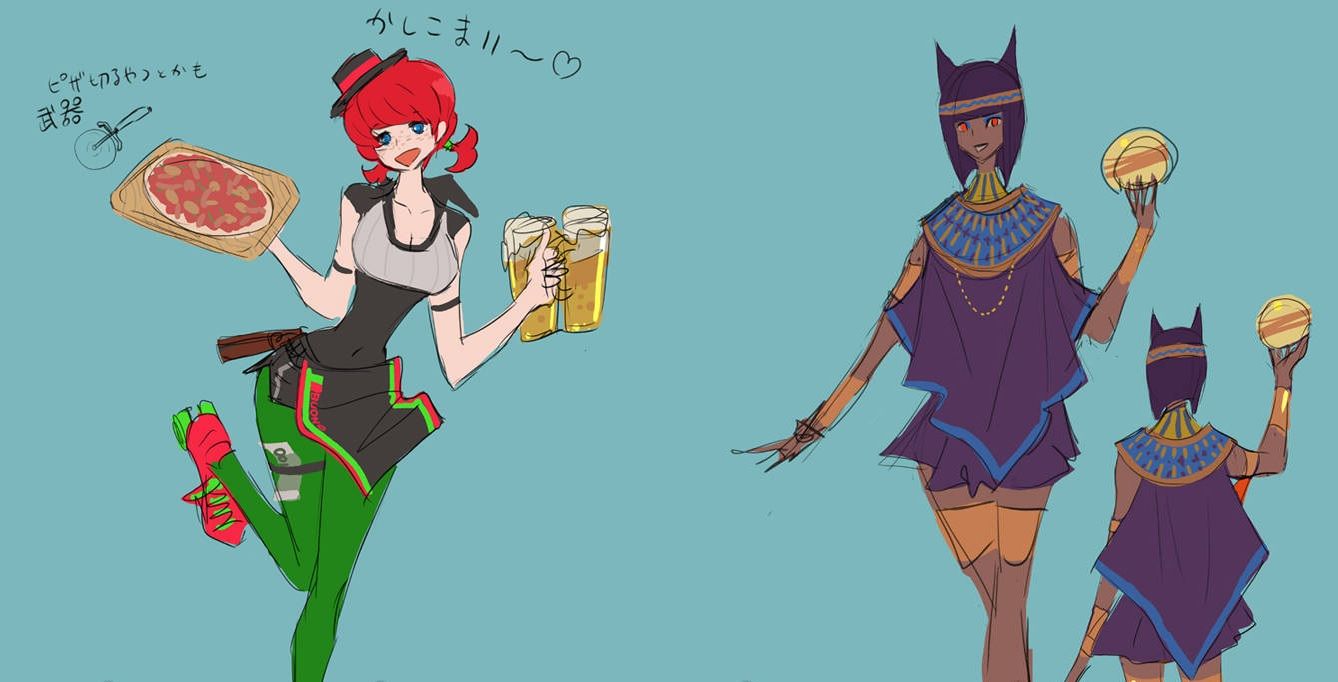Street Fighter, released by Capcom in 1987, was a highly influential game that itself drew inspiration from games such as Yie-Ar Kung Fu and Karate Champ. The fighting game was a success, but it wasn’t until 1991’s Street Fighter II that the game became a revolution that’d forever change the entertainment landscape.
The numbering system and pseudo-sequels have kept the core number of Street Fighter games down to just five (released in 2016), but the number is severely misleading. In the 30+ years since the original came out, a mind-melting 22 games have come out.
This is, of course, not counting the roughly dozen crossover games, the tie-in games, the vaguely related games, and the bizarre one-offs that pepper the Street Fighter universe. That’s not even getting into the fighter cameos in everything from Nintendo’s Super Smash Bros. to the animated film Wreck-It Ralph.
In the dozens of games comprising what we know of Street Fighter, it is impossible to know everything. The game’s influences are rich and far-reaching, and the lore of the series is deep. Simply favoring playing as one character over another could keep a Street Fighter player from learning very basic info about the other fighters.
With all this in mind, we will begin to just scratch the surface of interesting trivia and odd facts from the venerable gaming institution.
Now it's time to sit back, tape your fists, pad your knees, and enjoy the 15 Crazy Things You Didn’t Know About Street Fighter.
Blanka... or Jimmy?!
In the beginning early days of the franchise, only one fighter appeared to not be human: Blanka, the green beastie from Brazil. His monstrous howl, giant clawed hands, and ability to electrify his opponents added to the idea with most gamers that Blanka wasn’t the same species as the rest of the roster.
If you beat the game as Blanka, however, you’d have learned the shocking truth. Blanka is in fact a human. Separated from his mother in a plane crash, Blanka grew up feral in the jungles of Brazil.
The reason for his bizarre green-colored skin was changed by Capcom between iterations, but has finally settled on being exposed to electric eels following his crash (and somehow that also explains his electrical abilities, too).
The ending in SFII reunites him with his mother, who tells him his name is actually Jimmy.
Heavyweight Champion of the World: Mike Bison
Perhaps one of the most heavily traded trivia tidbits in gaming circles is the great name switcheroo that happened between the Japanese version and the American version of Street Fighter II. Most of the bosses have their names bandied about between the two releases.
The Japanese and American versions of the game both kept Sagat the same (he was also one of the few characters to come from the original Street Fighter). However, in Japan, the sadistic Spanish dandy with claws is known as Balrog, the evil leader of the Shadaloo organization is known as Vega, and the American boxing champ is known as… M. Bison.
To avoid litigation from professional boxer Mike Tyson (who is clearly the visual reference for the character), Capcom renamed him Balrog, shifted Bison to the general, and stuck the Spaniard with Vega.
The Real O.G.s
The original Street Fighter only had two playable characters: Ken and Ryu. The final boss of the game was Sagat. The three of them would go on to become staples of the fighting series. The rest of the fighters were, mostly… generic.
It was widely assumed when they didn’t show up in Street Fighter II that Capcom had moved on to greener pastures.
However, Capcom has long been in the business of fan service, and part of that meant resurrecting and revamping many of the fighters from the original. Adon, the Muay Thai student of Sagat, re-appeared in the series beginning with Street Fighter Alpha.
Birdie’s race was changed, but he popped up again in Alpha. Eagle and his Eskrima sticks came back in Capcom vs. SNK 2 (then Alpha 3). Finally, elderly assassin Gen became playable in Alpha. Others have had cameos, but haven’t been playable fighters.
Dhalsim vs. The One-Armed Boxer
Dhalsim, the fire-breathing yogi of the Street Fighter franchise, has a moveset vastly different than other fighters. Much of this has to do with the fact that he is able to dramatically stretch his arms and legs to absurd lengths, not unlike Marvel’s Mister Fantastic.
While it may appear to be a wildly creative and unique idea on Capcom’s part, the truth is that it’s a nice homage to an old martial arts film often cited as a favorite of director Quentin Tarantino’s.
In 1976, a sequel to the also-awesome One Armed Boxer was released. Master of the Flying Guillotine was set amidst a fighting tournament featuring fighters from around the world practicing their local martial arts (sound familiar?).
In it, one of the fighters is an Indian yogi who, you guessed it, can fight by stretching his arms comically long.
Analog, Pressure-Sensitive
In 1987 the tried and true formulas behind the fighting game genre were still being developed. In fact, in 1987 it could hardly be said that there was a fighting game genre at all.
In an effort to have a hit on their hands in a game with an untested format, Capcom was not above experimenting with novelty in the arcades.
Two versions of the arcade cabinet were available. One had the same 6-button kicking and punching format that we still see today. The other, though, shipped with only two attack buttons-- two really big attack buttons.
The rubber pads were pressure-sensitive, and would use the amount of force they registered to determine the strength of the punch or kick. The concept of pressure-sensitive buttons doesn’t seem odd now, but the idea of a fighting game relying on that technology way back in 1987 is truly mind-blowing.
Final Fight Was… A Street Fighter?!
Released in 1989, Final Fight has become one of the true classics of gaming. Years later, Final Fantasy is still widely played and has a thriving fan community.
The prototypical beat-em-up or brawler game, you control one of three fighters: brawling pretty-boy Cody, Cody’s ninja friend Guy, or pro wrestler turned Mayor of Metro City, Mike Haggar.
When the Mad Gear Gang kidnap Haggar’s daughter (who Cody is dating), the fighters must work their way through the city to rescue her.
Interestingly, the game was originally meant to be a sequel to Street Fighter (meaning it would have displaced SFII). The game was promoted initially in Japan as Street Fighter ‘89, and then as Street Fighter: The Final Fight.
Speaking of other games...
It’s only appropriate that Street Fighter borrow from the roster of Final Fight, given that Final Fight was originally planned as the sequel. A whopping seven playable Street Fighter characters started in the Final Fight franchise.
One of the most prominent to make the jump is cosplay favorite Poison, who began in Japan as a transsexual and was converted to a biological woman for American audiences.
Cody and Guy, two of the three heroes of FF have become SF characters-- while Mike Haggar has been playable in crossover games like Marvel vs. Capcom: Infinite but not in any core SF game (except as a skin for Zangief in SFIV).
The character Ingrid, who became playable in Street Fighter Alpha 3 MAX, is the only character to become a SF fighter from a non-SF/FF game (Capcom Fighting Evolution). The online character guide for Street Fighter V has listings for many characters from other games, indicating we might soon see them as DLC.
The Game: The Movie: The Game
An odd artifact of how bizarre the ‘90s could be is the polished turd known as Street Fighter: The Movie. With a name like that, you might be surprised to learn that we’re not talking about a movie at all, but rather a fighting game. A fighting game based on the movie, Street Fighter. A movie based on the Street Fighter games.
This is the only instance of a game licensed from a movie which was licensed from a game. Our head hurts, too. The movie (which is bad) starred Jean-Claude Van Damme as Guile and Raul Julia as M. Bison (in his final film role).
The game used digitized versions of real people for combat, likely as a way to diminish the raging wildfire that was Mortal Kombat’s popularity. Now let’s never speak of this atrocity again.
The Future is more dull than bleak
Since we’re talking about bad games trading on the venerable Street Fighter name, we’d be remiss if we didn’t mention Street Fighter’s foray onto the NES. The game, released in 1990, is Street Fighter 2010: The Final Fight.
A side-scrolling platformer, the game’s protagonist is Ken (yes, that Ken). Ken has become a cyborg thanks to becoming a scientist after his fighting days behind him, and giving himself cybernetic implants.
The plot is a mess of sci-fi jargon that causes the eyes to glaze over but amounts to interplanetary invasion, yadda yadda yadda. It’s a dull game that has no business being part of the Street Fighter canon.
In fact, in Japan the game isn’t related whatsoever, and the cyborg police martial arts scientist world protector whatever is named Kevin. It is only the crass commercialism of quick cash-ins in America that joined the game to the franchise.
Mouse Fighter
In what would prove to be a failed experiment, Street Fighter took to the PC for a game called Street Fighter Online: Mouse Generation. Made in 2008, the game was made by a subsidiary of Capcom, rather than the big boys themselves.
The big hook of this game was that all the fighting, moving and attacking, was controlled only by the computer’s mouse. The gameplay looks lazy and floaty and uncomfortable and like something we would not ever want to try.
Mouse Generation featured only Chun-Li, Guile, Ken, Ryu, and Zangief from the SF roster. The rest of the fighters came from Capcom fighter Rival Schools (which itself featured SF’s Sakura), a series of novels, and a manga called Cyborg 009, and a few other sources.
The shocking roster addition was a DLC released for Valentine’s Day that pitted Barack Obama against the fighters.
Marvel vs. Street Fighter vs. Nerd
The second crossover game between Street Fighter and Marvel Comics (and can we just go on record as saying how happy we are that this awesome idea happened in the first place?) was called Marvel Super Heroes vs. Street Fighter and was released in 1997-- one year after X-Men vs. Street Fighter. The game featured a mix of staple characters and more esoteric characters.
The most esoteric character of them all, though, was only available in Japan. A fighter both in the arcade and console versions, Japanese players could fight the Hulk and Akuma as Norimaro.
Norimaro is a gawky Japanese schoolboy superfan carrying a bookbag, and was created by Japanese comedian Noritake Kinashi.
Norimaro’s art style is overly cartoonish compared to the other fighters, and his attacks are a combination of cowardice and fanboy activities and nerdrage. Licensing issues prevented him from coming stateside.
A Seat at Zangief's Table
In 1997 a humorous Street Fighter fighting game was released with the name Super Gem Fighter Mini Mix (or in Japan as Pocket Fighter) and featured SF and Darkstalkers characters.
The sprites for the game were based on the same designs used in the highly addictive SF puzzle spin-off series Puzzle Fighter (which recently became a FTP game on mobile devices).
The fighters are done in an art style commonly referred to as super-deformed or chibi. Fighting focuses on collecting different colored gems to power up. Attacks transform the fighters into a variety of different costumes or give them different props.
The backgrounds are teeming with Capcom cameos and easter eggs. Our favorite special move is Zangief sits his opponent down to a table where they refuse to eat their cheeseburger while Zangief reads a newspaper. Incensed, he tears the newspaper and flips the table at the other fighter.
One of the Big Boys
With stretching arms and fireballs and gale-force kicks, the Street Fighter series isn’t exactly known for its realism. That is reflected in the design of the characters themselves time and again. The unrealistic proportions and measurements are used to add a visual flair to the rosters of the game and differentiate one character from another.
There are a multitude of large and oversized characters in the game’s history. SFV addition Abigail, for instance, is listed as being eight feet tall and weighing 584 pounds.
Zangief sits at seven feet and 400 pounds. The rotund Rufus is listed as 408 pounds. But the distinction of heaviest character in the franchise belongs to Gill, the big boss of Street Fighter III: New Generation.
The half-red, half-blue cult leader with a mane of Fabio hair was genetically enhanced, and so his 6’10” frame holds an eye-bulging 745 pounds of muscle.
Left at the Altar
Two things had become quite clear by 2010: Capcom benefited greatly from using their fighting game properties like Street Fighter in crossover games (like Marvel vs. Capcom), and that Tekken was a great long-running fighter series with a dedicated following.
In 2010 at the San Diego Comic Con, gamers’ minds were collectively blown by the announcement that the Street Fighter and Tekken franchises would crossover in not one, but two games.
Both Namco and Capcom would develop their own games. The idea was that each company would develop a fighting game with combined rosters in their own trademark gameplay style and their own signature visual aesthetics.
Capcom made good with 2012’s Street Fighter X Tekken, but Namco’s entry didn’t seem close to done. Namco, however, announced in 2016 that they would not continue to develop Tekken X Street Fighter-- thereby welching on their responsibility.
What the heck is a pizza assassin?!
The abandoned character concepts for characters in Street Fighter could fill up a book. Some really bonkers ideas were developed for just about every character in the 30 year SF history. But some of the design concepts truly leave us scratching our heads.
Menat is one of the newest fighters in Street Fighter. The Egyptian fortune teller was released as part of the 2nd character pack for SFV. On Capcom’s highly entertaining blog they revealed that one of the initial proposals for Menat was that she be a “Pizza Assassin.”
The drawing for the character shows a wholesome-looking waitress at a pizza restaurant on roller skates. She resembles the red-haired mascot of the Wendy’s burger chain. Her backstory was she took up a waitressing job on the side to support her family of 33.
While the concept is really novel, we are very glad that Capcom went with the Egyptian version.
---
Do you have any other crazy facts about Street Fighter? If so, let us know in the comments!

